10 Best Base Towns For Exploring Normandy
Normandy is more spread out than many visitors expect. Whether you’re planning to explore the D-Day beaches, enjoy the coast, or visit Mont Saint-Michel, picking the right base can make your trip easier and more enjoyable.
These ten towns offer a good combination of scenery, convenience, and access to the region’s sights.
1. Bayeux
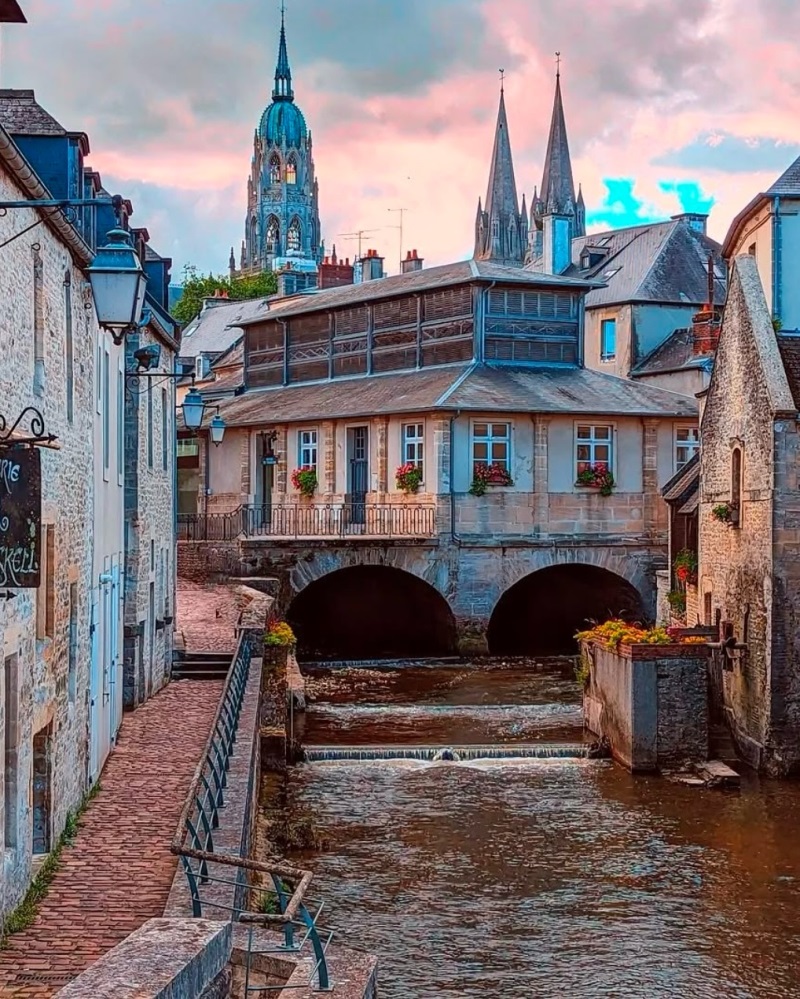
Bayeux is one of the most convenient bases for exploring western Normandy. The town itself is beautiful, with medieval streets, a Gothic cathedral, and the famous Bayeux Tapestry.
It’s also the closest train-connected town to the D-Day beaches, with local tours departing daily.
You won’t need a car if you base in Bayeux, but lodging prices can be high in summer and the small center fills up fast.
2. Honfleur
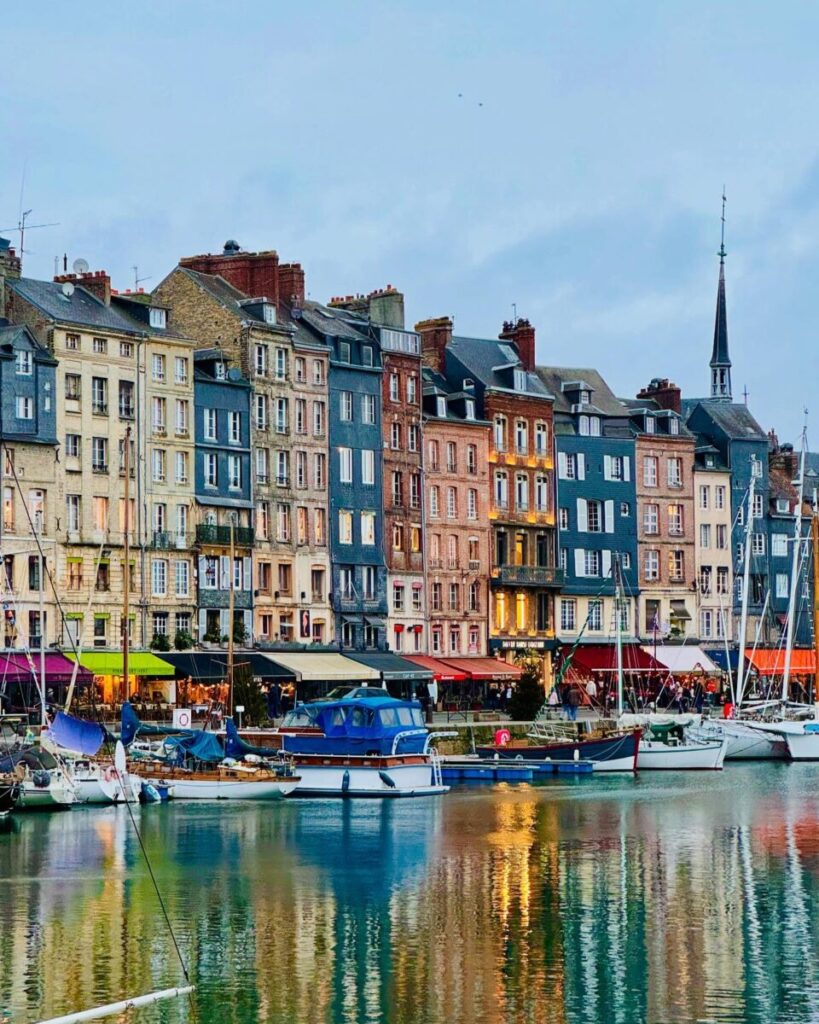
Honfleur is a postcard-perfect port town with colorful buildings, art galleries, and seafood restaurants. It’s well-placed for trips to Deauville, the Pont de Normandie, and the Seine estuary.
The town doesn’t have a train station, so it’s better suited if you have a car. That said, it’s compact and easy to enjoy on foot once you’re there.
3. Caen
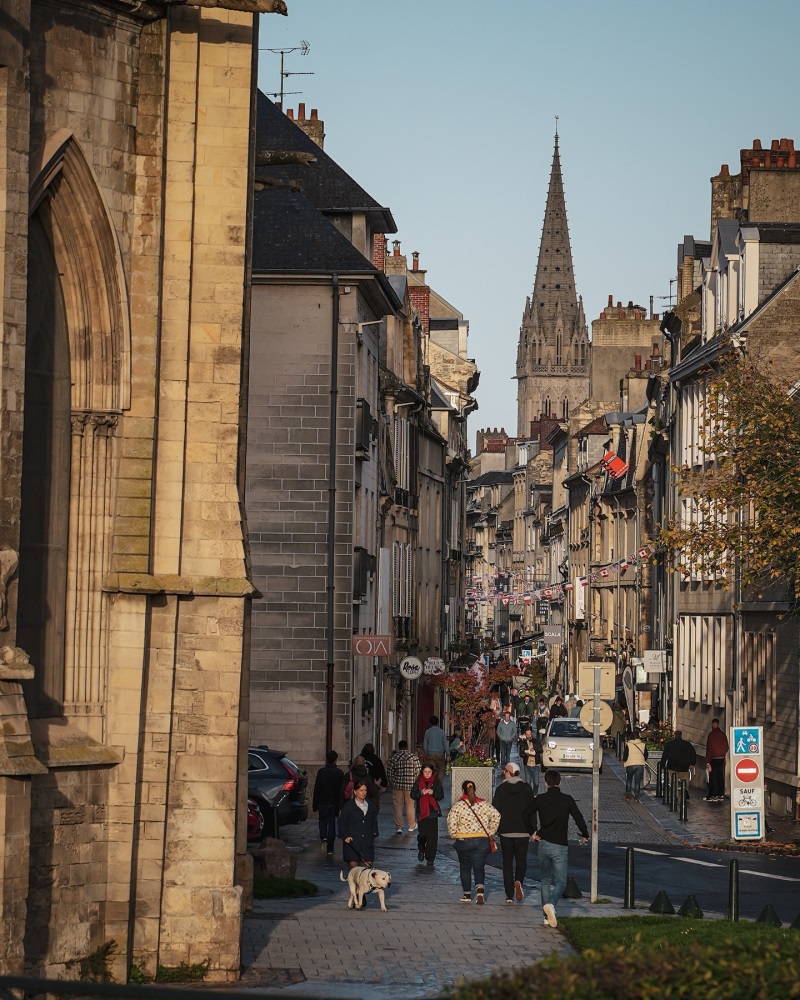
Caen is one of the largest cities in Normandy, with more budget-friendly hotels and reliable services throughout the year.
It’s one of the few places in Normandy with strong rail connections and a tram network. You can easily reach Bayeux, the beaches, or even Paris by train.
It’s not the most scenic town, but it has real energy and a strong WWII history, including the Caen Memorial and William the Conqueror’s castle.
4. Rouen
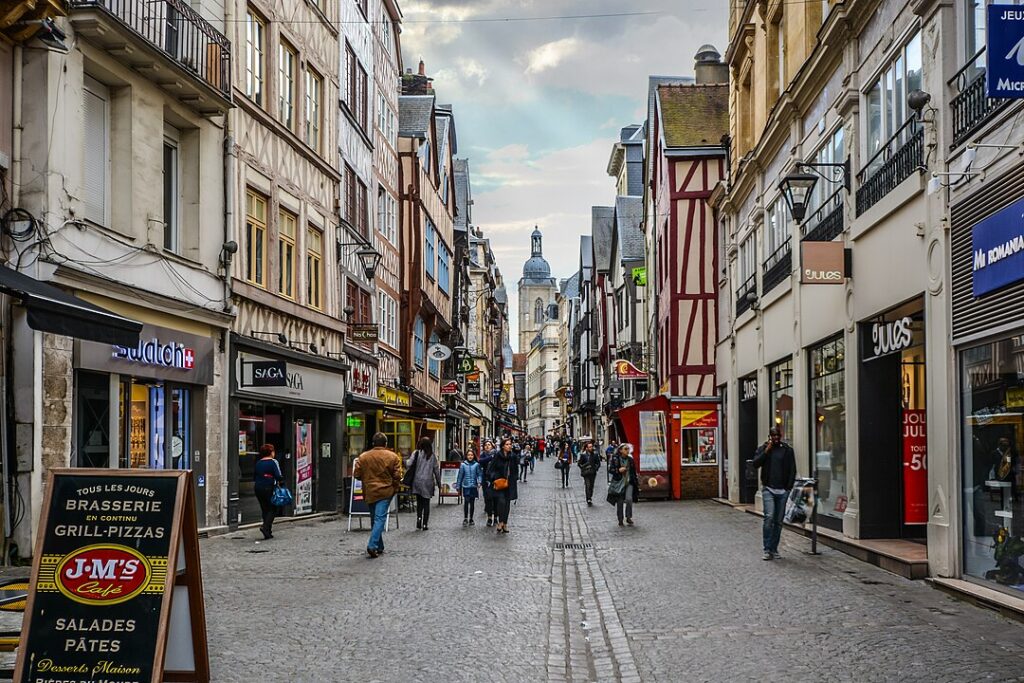
Rouen works best if you’re starting or ending in Paris. It’s a beautiful city with a medieval core, famous for its cathedral and its links to Joan of Arc.
Trains run frequently to and from the capital, and it’s a good base for exploring the Seine Valley or doing a day trip to Giverny.
It’s not near the D-Day sites though, so it’s not ideal if those are your main focus.
5. Cabourg
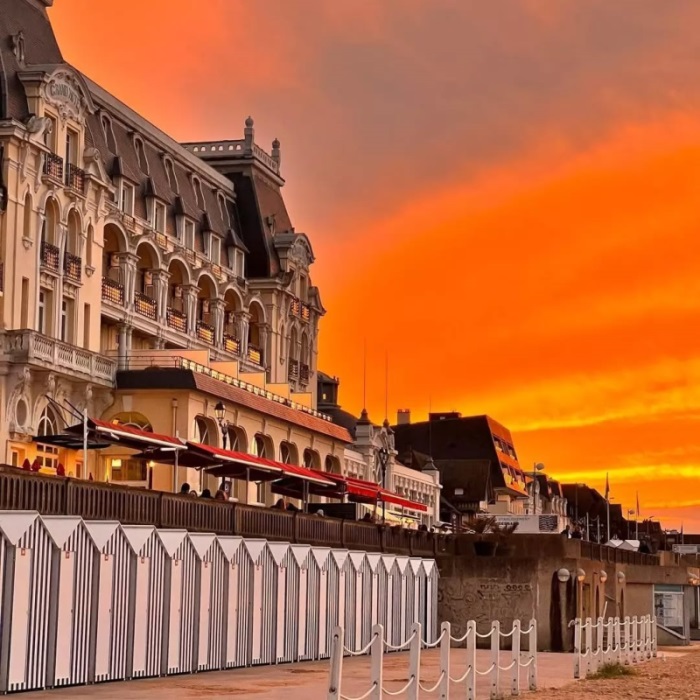
Cabourg sits on the Côte Fleurie, about halfway between Honfleur and Caen. It has a grand seafront promenade, sandy beaches, and old-fashioned charm.
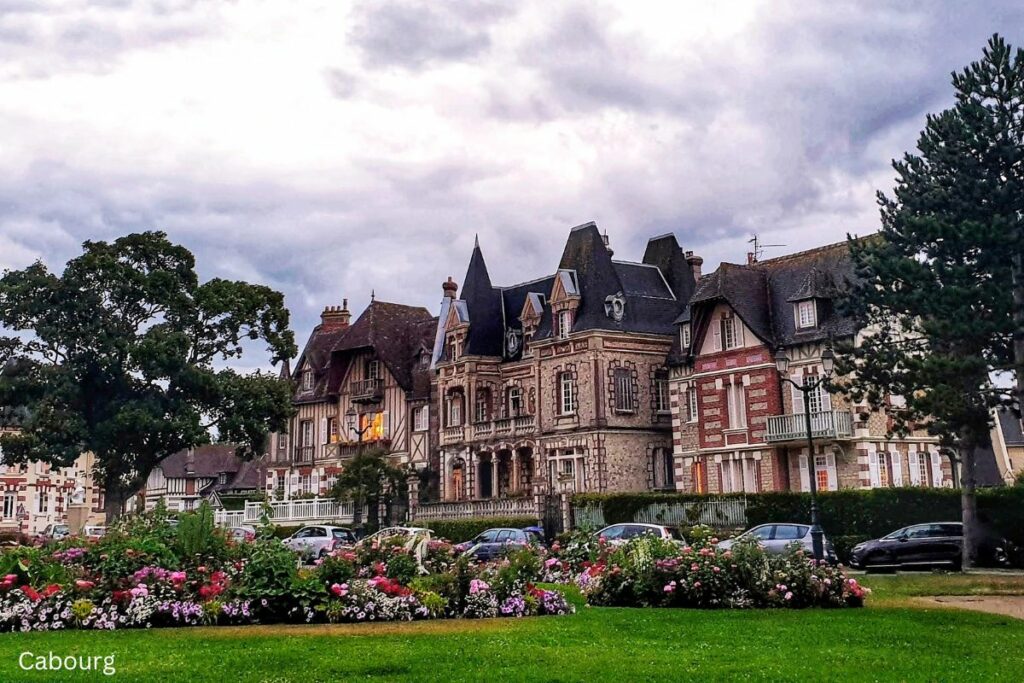
This is a good base if you want a quieter stay with access to Deauville, Houlgate, and the surrounding coast.
There’s no train station in town, and public transport is limited, so a car is useful.
6. Étretat
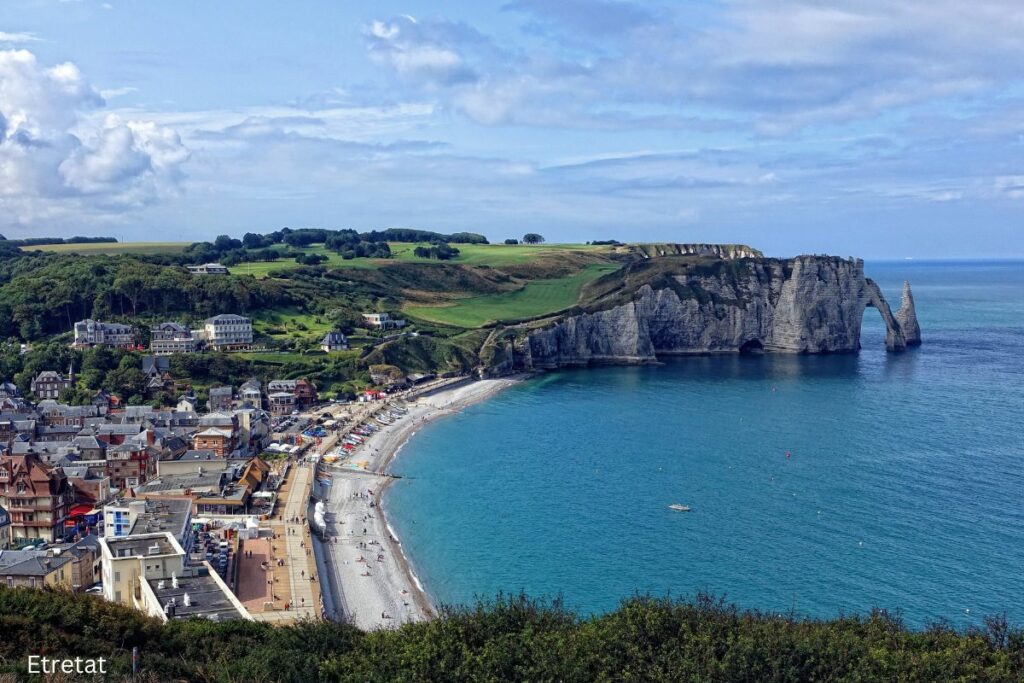
Étretat draws visitors for its dramatic white cliffs and coastal walks. The town is small and scenic, with just enough restaurants and shops to keep you comfortable. It’s ideal for walkers, photographers, or travelers looking for a unique place to base.
On the other hand, it’s out of the way for visiting most of Normandy’s other highlights, and it gets very busy in peak season. You’ll need a car.
7. Granville
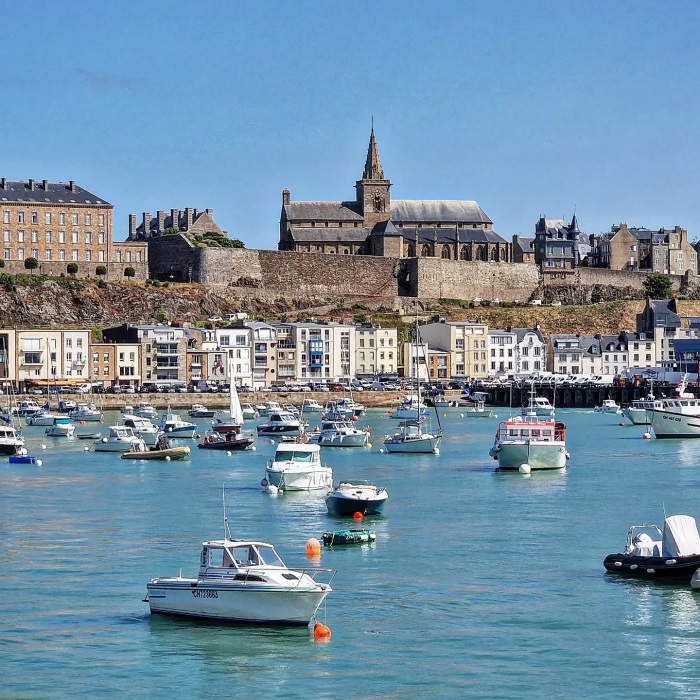
Granville is a solid option for exploring the southern coast and visiting Mont Saint-Michel without staying right next to it.
It’s a real town, not just a tourist stop, with a walled old quarter, working port, and ferry connections to the Chausey Islands.
You can get there by train, but many sights nearby require a car. Lodging options tend to be more limited than in bigger towns though.
8. Avranches
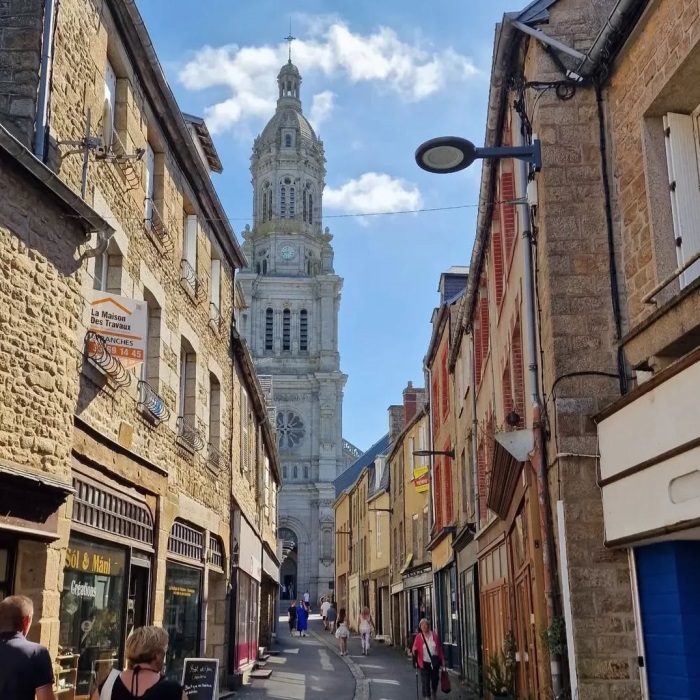
Perched above the bay, Avranches gives you sweeping views of Mont Saint-Michel on clear days. It’s a good base if you want proximity to the Mont without the crowds.
The town has historical sites and a local feel, but limited nightlife or dining variety. You’ll likely need a car to make the most of it, especially if you want to explore deeper into the region.
9. Saint-Lô
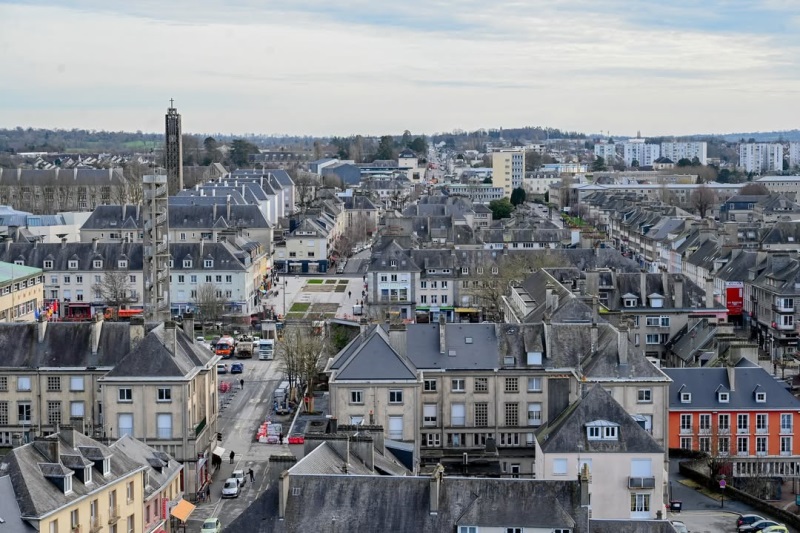
Saint-Lô isn’t much of a looker, but it’s incredibly central. If you’re driving and want to cover a wide area, from the beaches to Granville, Villedieu, and Bayeux, this is one of the most practical places to stay.
Hotels are affordable and the roads connect in all directions. Just don’t expect much in terms of charm.
10. Villedieu-les-Poêles
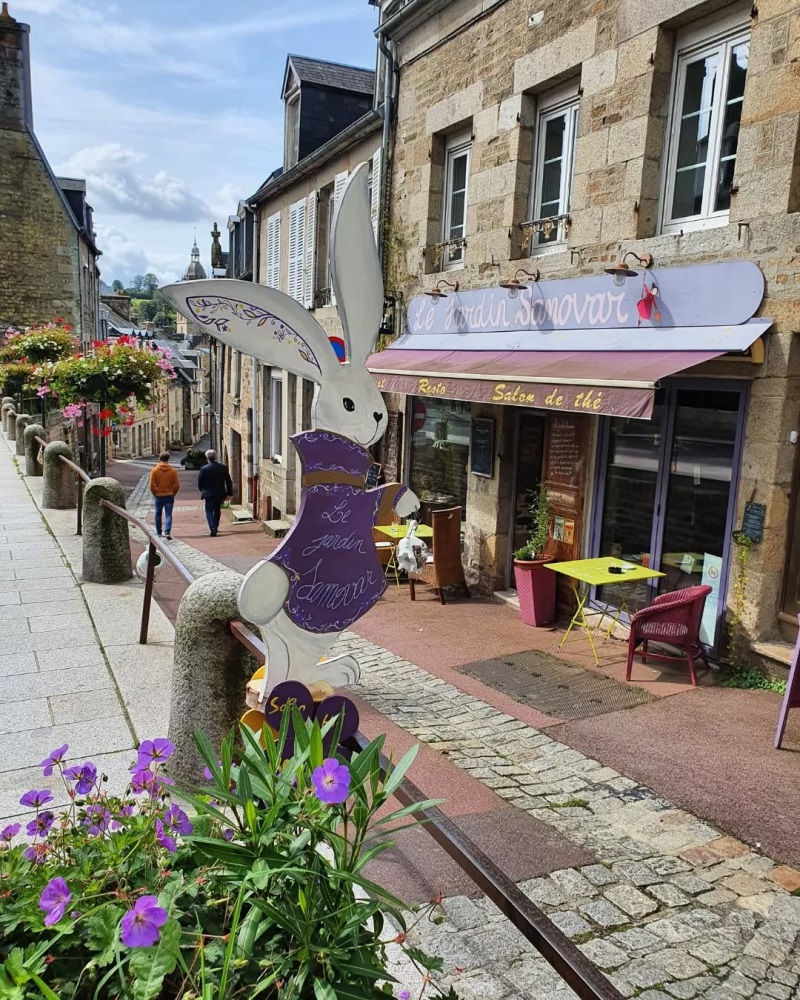
This small inland town has an old-world craftsman feel and a calm pace. It’s well positioned for day trips across southern and central Normandy. You’ll find a few good local restaurants, traditional copper workshops, and a local market.
The downside is that public transport is limited, so it’s only a good choice if you have a car.
11. Fécamp
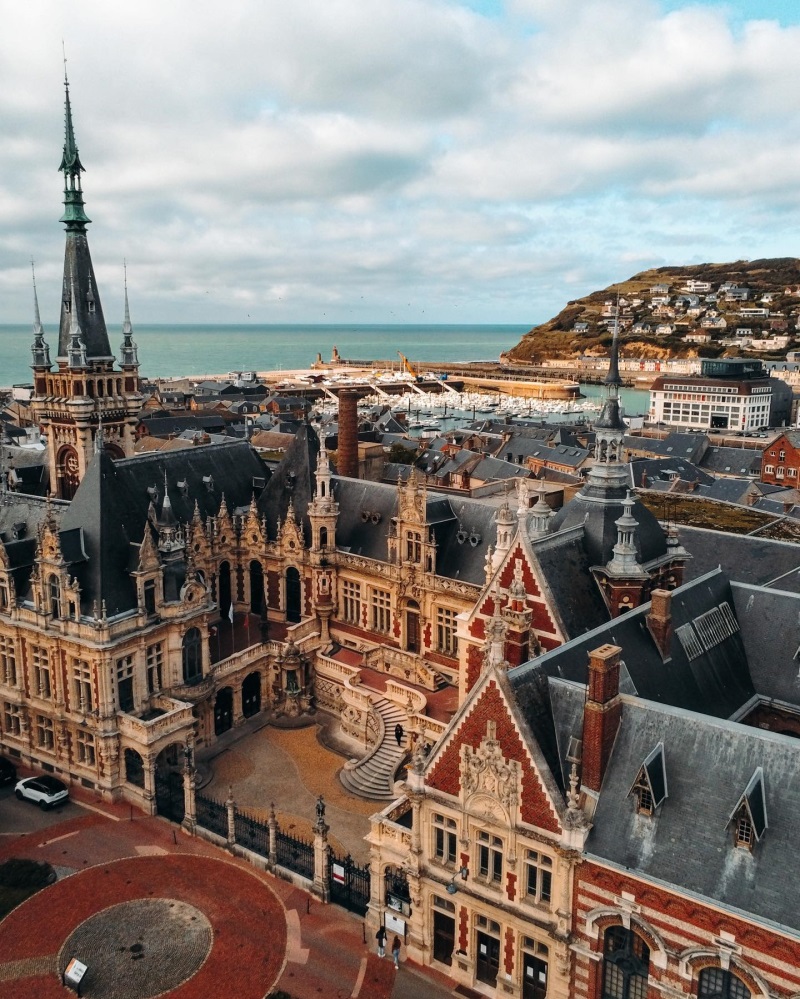
Fécamp sits quietly on the Alabaster Coast, less crowded than Étretat but with plenty of coastal appeal.
The massive abbey, seaside cliffs, and former cod fishing port give it depth beyond the views.
You’ll want a car there, and the weather can be gray, but it’s a solid pick if you’re tracing the coast slowly and want something more relaxed than the tourist-heavy spots.
12. Barfleur
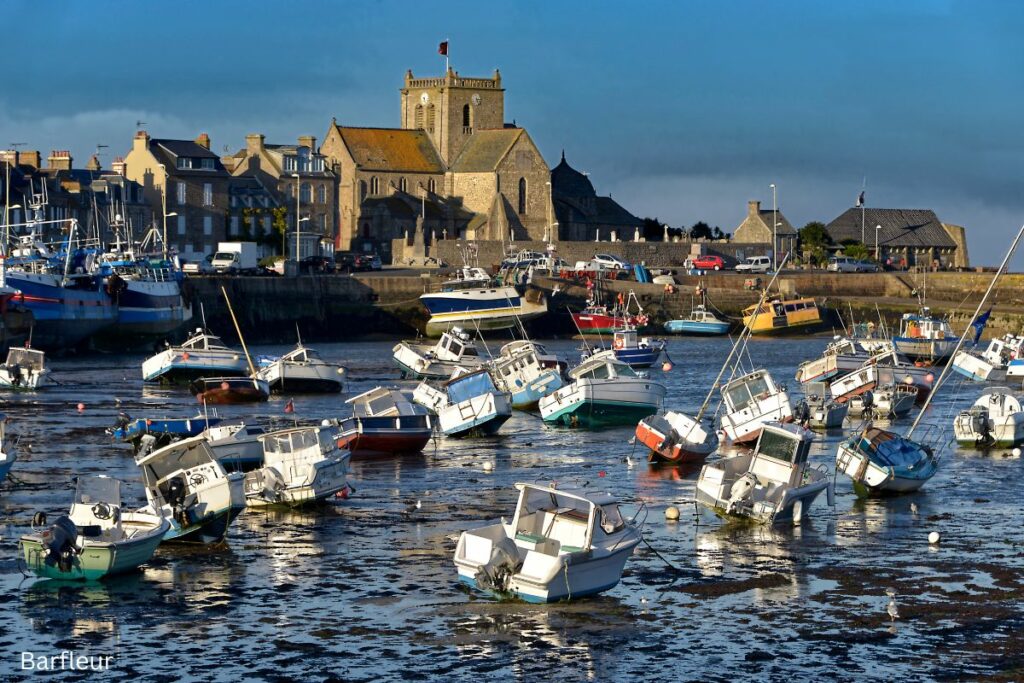
Barfleur is tiny, windswept, and peaceful. It’s one of the smallest villages on this list, but makes a great base for those exploring the Cotentin Peninsula. The harbor is beautiful, the seafood is excellent, and the streets feel untouched.
It’s remote, with limited transport and few amenities, but that’s part of the appeal for travelers looking to escape the usual circuits.
